[TCA Student Seminar] “Brick” or “Mist”? Investigating Gas Dynamics in Cool-core Galaxy Clusters / Transit Timing Constraints on the Maximum Exomoon Mass
The NCTS Astrophysics group (TG2.3) is holding the monthly student seminar series. These provide opportunities for the domestic students to share their work and practice giving live talks.
Please find the schedule listed in the tabulation below. Each seminar starts at 12 p.m. and takes place in the NCTS Physics 4F Lecture Hall, Cosmology Hall, NTU.
For more detailed information regarding each seminar, please see it in the section below the tabulation a week before the seminar.
| Date | Speaker 1 | Affiliation | Supervisor | Speaker 2 | Affiliation | Supervisor |
| 2025/7/24 | Pon-Yin Wang | TKU | Hsi-An Pan | |||
| 2025/8/22 | Tsung-Han Chuang | NTNU | Yueh-Ning Lee | Jyun-Heng Lin | NTHU/ASIAA | Chin-Fei Lee |
| 2025/9/26 | Chiung-Yin Chang | NTHU | Hsiang-Yi Karen Yang | Huan-Ping Chao | NCKU | Kwan-Lok Li |
| 2025/10/31 | Yi-Yang Lee | NTHU | Hsiang-Yi Karen Yang | Prangsutip Cherdwongsung | NTHU | Ing-Guey Jiang |
| 2025/11/28 | Yu-Xuan Nancy Lin | NYCU | Shih-Ping Lai | Tz-En Gau | NTU | Chia-Yu Hu |
| 2025/12/26 | Szu-Ting Chen | NTHU | Shin-Ping Lai | Afif Ismail | NTNU | Hung-Yi Pu |
Time: 2025/10/31 (Fri.) 12:00-12:30
Place: NCTS Physics 4F Lecture Hall, Cosmology Hall, NTU
Talk Title: “Brick” or “Mist”? Investigating Gas Dynamics in Cool-core Galaxy Clusters
Speaker: Yi-Yang Lee (NTHU)
Abstract:
Intracluster medium (ICM, or hot gas) with strong X-ray emissions and cold gas (T~10^4K) nebular gas with optical emissions interact with each other at the central regions of some cool-core galaxy clusters; this interaction plays a crucial role in the cluster evolution. We aim at comparing the gas kinematic between the observations of cool-core clusters and our simulations in order to interpret the dynamical properties of cold and hot gas in clusters. Hydrodynamic simulations with two different scenarios of cold gas properties, modeled as “Brick” or “Mist”, are performed to trace their kinematics. By calculating the cold gas time-averaged line-of-sight velocity, velocity dispersion and comparing observed values, we found the observations do not have a clear preference on Brick-like or Mist-like cold gas. On the other hand, recent XRISM observations of the hot gas prefer the predicted values from the Brick simulation, indicating the cold gas is likely to be dense, clumpy gas rather than misty, tiny cloudlets that passively floating within the cluster.
Time: 2025/10/31 (Fri.) 12:30-13:00
Place: NCTS Physics 4F Lecture Hall, Cosmology Hall, NTU
Talk Title: Transit Timing Constraints on the Maximum Exomoon Mass
Speaker: Prangsutip Cherdwongsung (NTHU)
Abstract:
The search for exomoons, moons orbiting exoplanets, is one of the most exciting challenges. This study investigates the use of transit timing variations (TTV) and transit duration variations (TDV) as indirect methods to detect potential exomoons. By analyzing periodic shifts in transit mid-times and durations from the synthetic light curves that include TESS-like noise, we aim to identify the dynamical signatures that indicate the gravitational influence of an orbiting moon. Our current focus is the WASP-31b system, which exhibits unusually strong sodium (Na I) and potassium (K I) absorption features that may originate from volcanic activity on unseen exomoons, as proposed by Oza et al. (2019). We estimate the maximum exomoon mass that can remain dynamically stable within this system. These results help assess the plausibility of exomoons around hot Jupiters and guide future observations to confirm their presence.
Register for Lunch Box: https://forms.gle/MafsWr3PMpsYSZDs5


